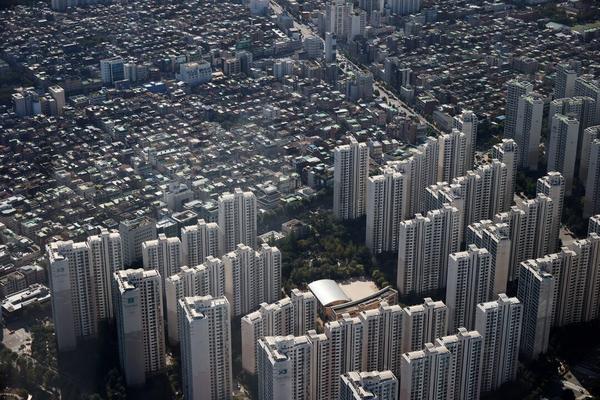Growing Asset Polarization in South Korea
South Korea is witnessing a significant increase in asset polarization, with the top 10% of households now holding 44.4% of total household net assets as of March 2023. This represents a 2.6 percentage point increase from 41.8% in 2017. In stark contrast, the bottom 50% of households saw their share decrease by 1.2 percentage points, from 11% to 9.8% over the same period. These findings are part of the "2024 Household Financial Welfare Survey" jointly announced by Statistics Korea, the Bank of Korea, and the Financial Supervisory Service.

The net asset Gini coefficient, a measure of inequality, rose from 0.584 in 2017 to 0.612 this year, indicating a widening gap between the wealthy and the less affluent in South Korea. The average financial assets of the top 10% increased by 45.8%, while those of the bottom 10% only grew by 32.3% during the same period.
Income indicators showed an upward trend, with average household income reaching 71.85 million won, a 6.3% increase from the previous year. However, the income distribution indicators for the elderly have consistently worsened, reflecting the impact of high-income baby boomers entering the elderly population.
Real estate remains the main cause of the widening gap, with tangible assets, including real estate, accounting for 75.2% of the total household assets. The rise in housing prices, particularly in certain areas, has exacerbated the disparity, with the apartment price quintile ratio reaching an all-time high of 10.93.









Comments